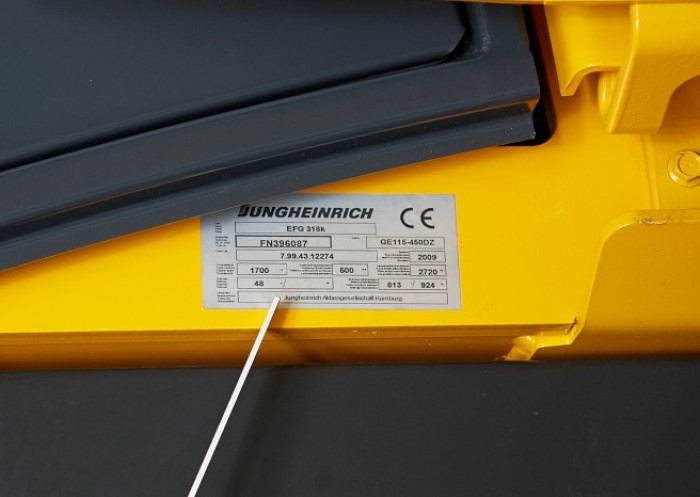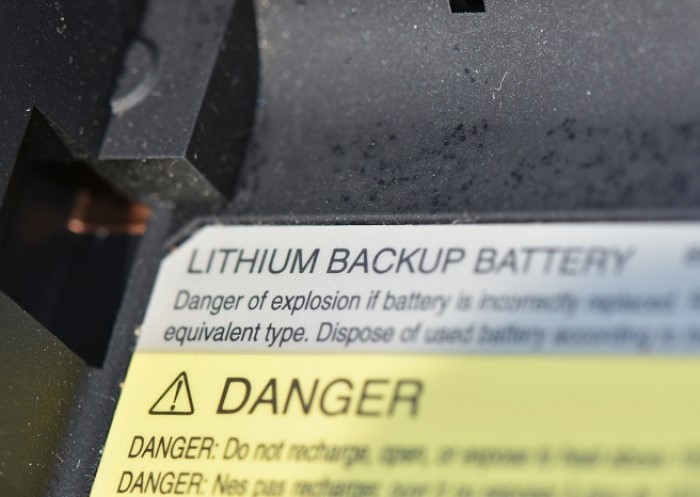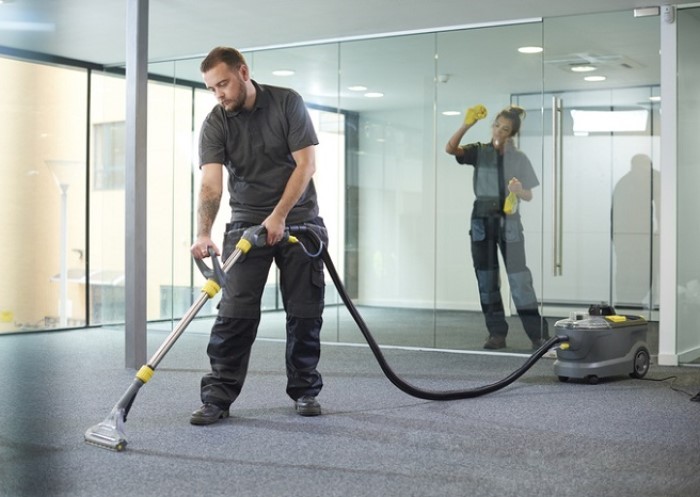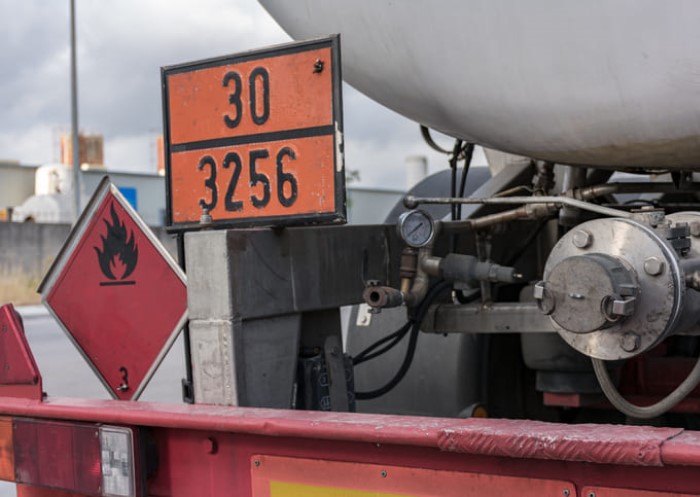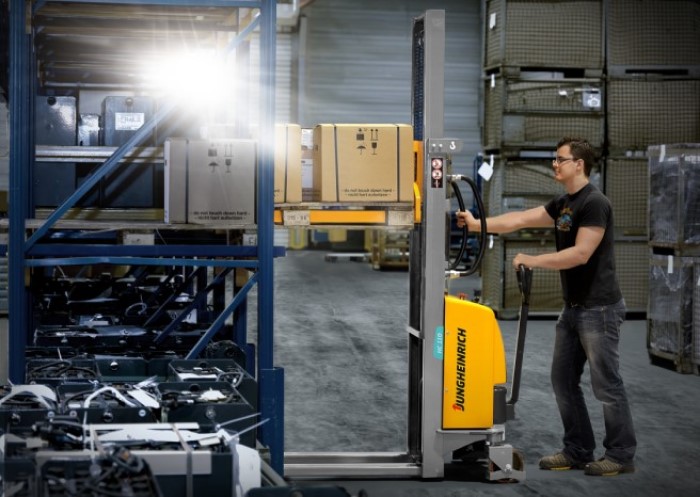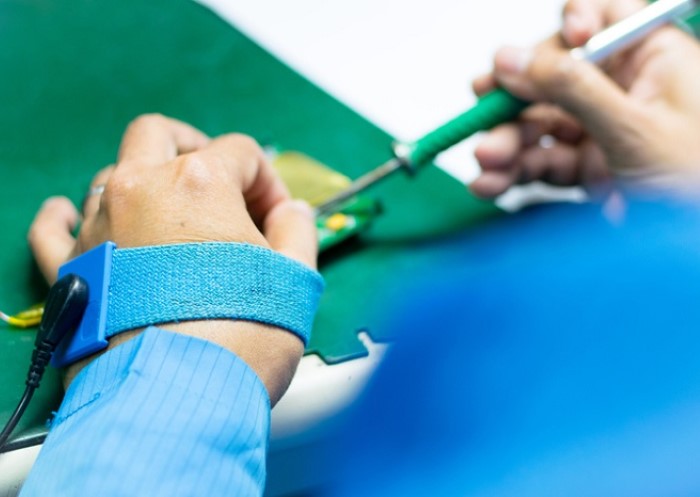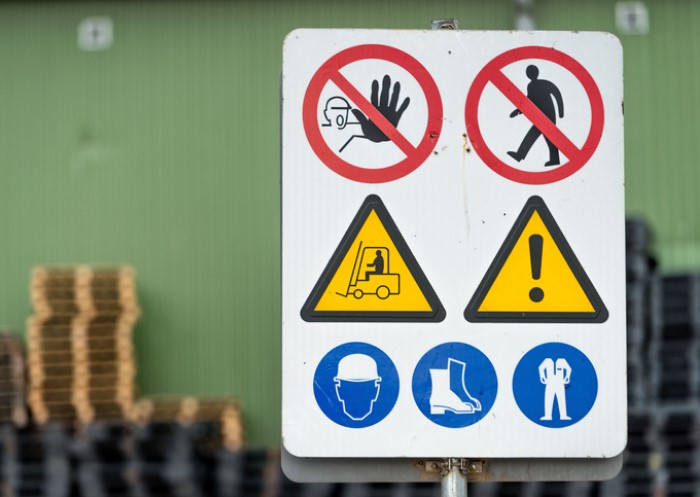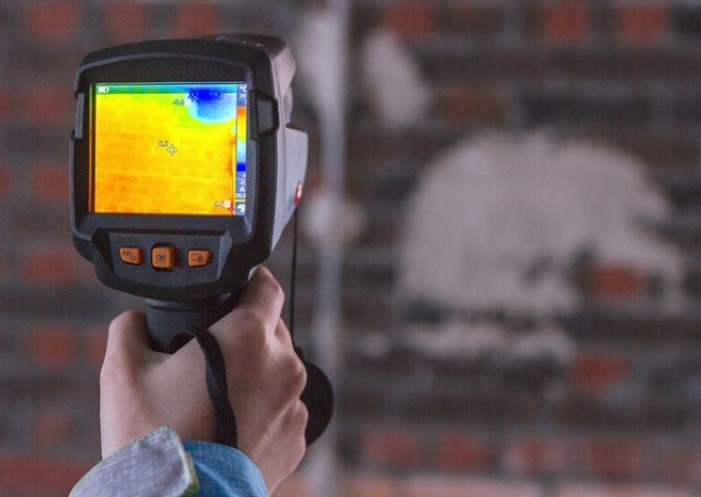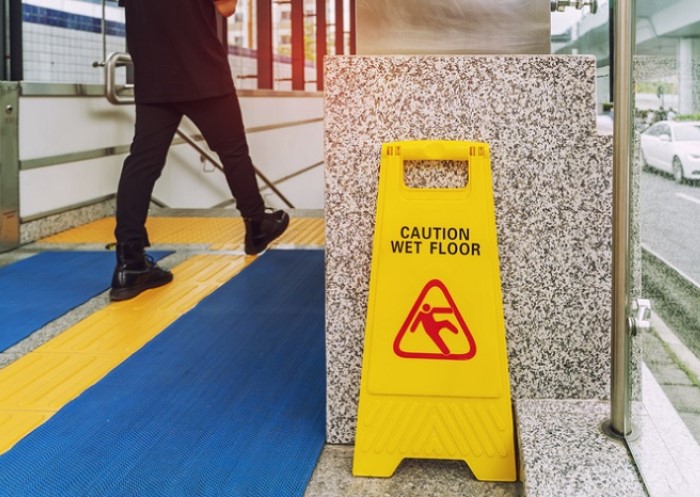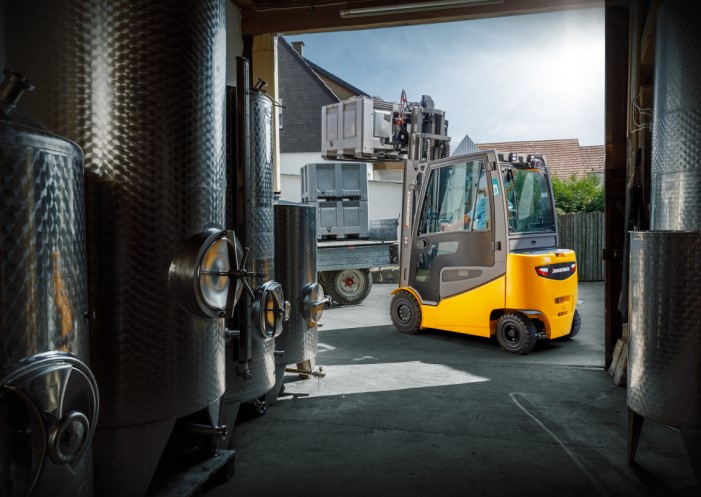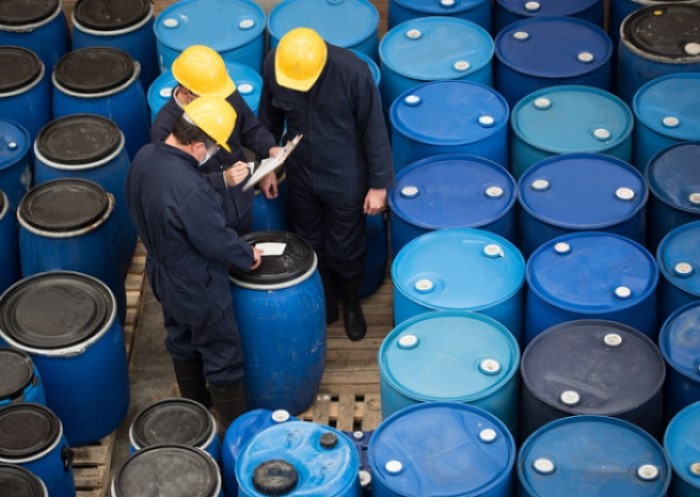Table of contents
From tools and toys to medication and workwear, the CE symbol can be found on a wide range of products. But what is the meaning of a CE marking exactly? Many consumers might assume that the CE marking is a seal of quality, but in reality, it simply indicates that a product meets specific safety standards. Our guide explains why this distinction is crucial and which products are legally required to bear the CE marking.
What is the meaning of the CE symbol?
CE is interpreted as ‘Conformité Européenne’ (European conformity). The CE certification, commonly referred to as the CE mark, indicates that a product meets the safety regulations applicable in the EU for its respective product category. This involves meeting specific material, manufacturing and testing requirements as outlined in the industry-specific directives of the EU.
Both domestically produced goods and imported products must bear the CE certification in order to be sold within the EU economic area. The mark is affixed by the manufacturer, or an authorized representative based in the EU. External testing by an independent test centre is not typically required, except in a few exceptional cases where a state inspection body (referred to as a ‘Notified Body’) may need to be consulted.
The CE certification is not a guarantee of superior quality that sets CE products apart from comparable competing products. Rather, it indicates that the product meets the minimum safety standards required for the European market. The CE marking serves as confirmation from the manufacturer that their product has been tested and:
1. meets the requirements of the relevant EU directives.
2. has undergone a conformity assessment procedure in accordance with the regulations.
CE certification requirements: which products are impacted?
Not all products require a CE certification. Instead, this obligation primarily applies to those that pose a safety and/or health risk and must meet specific occupational safety requirements. Whether a product is subject to CE marking regulations is determined by the relevant EU regulations for the industry or product category. It is prohibited to add the CE marking on products without legal requirement. For instance, the following devices and products must bear the CE symbol:
- technical devices, e.g., office lights
- medical products
- machines, e.g., pallet trucks
- toys
- electrically operated furnishings, e.g., adjustable office furniture
Verify and apply CE certification to applicable products
This is the process to follow if you intend to affix a CE certification to your devices or products.
- Determine relevant regulations and guidelines
First, ascertain which EU directive or regulation mandates the requirement for CE certification and identify the conditions that the product must meet in order to affix the CE mark.
- Involvement of a notified body (if necessary)
If the product is subject to high safety requirements, an independent body (such as an accredited laboratory, etc.) may need to conduct the testing, as specified in the relevant guidelines. Check if this applies to your product and contact the appropriate certification body if needed.
- Conduct product testing and conformity assessment procedures
Verify if the product complies with all legal requirements of both European and UK laws. A comprehensive risk analysis, including risk assessment, is also a crucial aspect.
- Create technical documentation
Document all stages of the product testing and generate the necessary documents and instructions for the product’s use (e.g., user manuals, operating or assembly instructions).
- Applying CE certification
Add the CE mark to the product in a conspicuous location, with a minimum height of 5mm. It must be clearly readable and durable. It is recommended to use the template provided by the European Commission. If a notified body was involved, the identification number should be included. If it is not feasible to label the product directly, the mark may also be placed on the packaging or included in the accompanying documentation.
- Prepare an EU Declaration of Conformity
Once the procedure is completed, you must create an EU Declaration of Conformity for your product. Sign and date the declaration to confirm that your product complies with the requirements of European legislation.
CE marking requirements: regulations and legislation
For each product, the regulations for CE certification is initially based on an EU regulation, which is then incorporated into UK law through specific legal texts. The table below provides an overview of the directives, ordinances, and laws that establish the obligation to obtain CE certification for various product groups.
| CE certification obligation for | EU Directive/Regulation | UK Law |
|---|---|---|
| Active implantable medical devices | 90/385/EEC | Medicines and Medical Devices Act |
| Elevators | 2014/33/EU EN | General Product Safety Regulations |
| Building products | 305/2011 | Building Safety Act |
| Pressure devices | 2014/68/EU | Pressure Equipment (Safety) Regulations |
| Simple pressure vessels | 2014/29/EU | Simple Pressure Vessels (Safety) Regulations |
| Electrical equipment for use within specific voltage limits | 2014/35/EU | The Electrical Equipment (Safety) Regulations |
| Electromagnetic compatibility | 2014/30/EU | Electromagnetic Compatibility Regulations |
| Explosives for civil purposes | 2014/28/EU | Explosives Act |
| Radio equipment | 2014/53/EU | The Radio Equipment Regulations |
| Gas appliances | 2009/142/EG | Gas Appliances Regulation |
| Equipment and protective systems in potentially explosive atmospheres | 2014/34/EU | Equipment and Protective Systems Intended for Use in Potentially Explosive Atmospheres Regulations |
| In-Vitro-Diagnostic | 98/79/EG | IVD Regulation |
| Machinery | 2006/42/EG | The Supply of Machinery (Safety) Regulations |
| Medical devices | 93/42/EWG | Medical Device Regulations |
| Measuring devices | 2014/32/EU | The Measuring Instruments Regulations |
| Non-automatic scales | 2014/31/EU | The Non-automatic Weighing Instruments Regulations |
| Personal protective equipment | 2016/425/EU | Personal Protective Equipment (Enforcement) Regulations |
| Pyrotechnic items | 2007/23/EG | Pyrotechnic Articles |
| Framework directive for environmentally friendly design of energy-using products (eco-design) | 2009/125/EG | Ecodesign for Energy-Related Products Regulations |
| Restriction on the Use of Certain Hazardous Substances in Electrical and Electronic Equipment Directive | 2011/65/EU | Waste Electrical and Electronic Equipment |
| Safety of toys | 2009/48/EG | Toys (Safety) Regulations |
| Pleasure boats | 2013/53/EU | Regulations for pleasure craft |
| Certified cable cars for transporting passengers | 2000/9/EG | Laws of the states |
| Performance standards for newly installed hot water boilers fuelled by liquid or gaseous substances | 92/42/EWG | Water Heaters Legislation |
Regulations for UK
Since the UK left the EU, the CE certification is no longer valid in Great Britain. It was replaced by the UKCA certification (‘UK Conformity Assessed’) in a legislative change. However, the UKCA compliance criteria are currently broadly in line with EU regulations. Separate regulations apply to Northern Ireland, which are laid down in the so-called Northern Ireland Protocol.
FAQ on CE certification
The CE certification, often referred to colloquially as the CE mark, indicates that a product complies with the safety regulations applicable in the EU for the respective product group. This entails certain requirements for the material, manufacture and testing of products. The CE certification does not have the meaning of quality or seal of approval.
The UKCA certification replaced the CE marking for products in the markets of Great Britain (England, Scotland and Wales – separate regulations apply to Northern Ireland). The UKCA mark applies to most products for which the CE marking could be used.
A CE certification obligation does not exist for all products, but primarily for those whose application or use entails a certain safety and/or health risk. These include, for example, technical devices, medical products and machines, but also toys. Whether the certification is necessary is based on EU regulations for the respective industry or product group.
It is added by the manufacturer themselves or by an authorized representative based in the EU. External testing by an independent test centre is not typically required; only in a few exceptional cases does a state inspection body (commonly known as a “Notified Body”) need to be consulted.
1. Determine relevant regulations and guidelines
2. Involve a notified body (if necessary)
3. Carry out product testing and conformity assessment procedures
4. Create technical documentation
5. Attach the certification
6. Write an EU declaration of conformity
If it is not possible to directly label the product itself, it may also be put on the packaging or in the accompanying documents.
Image source: Jungheinrich AG

